Back to Courses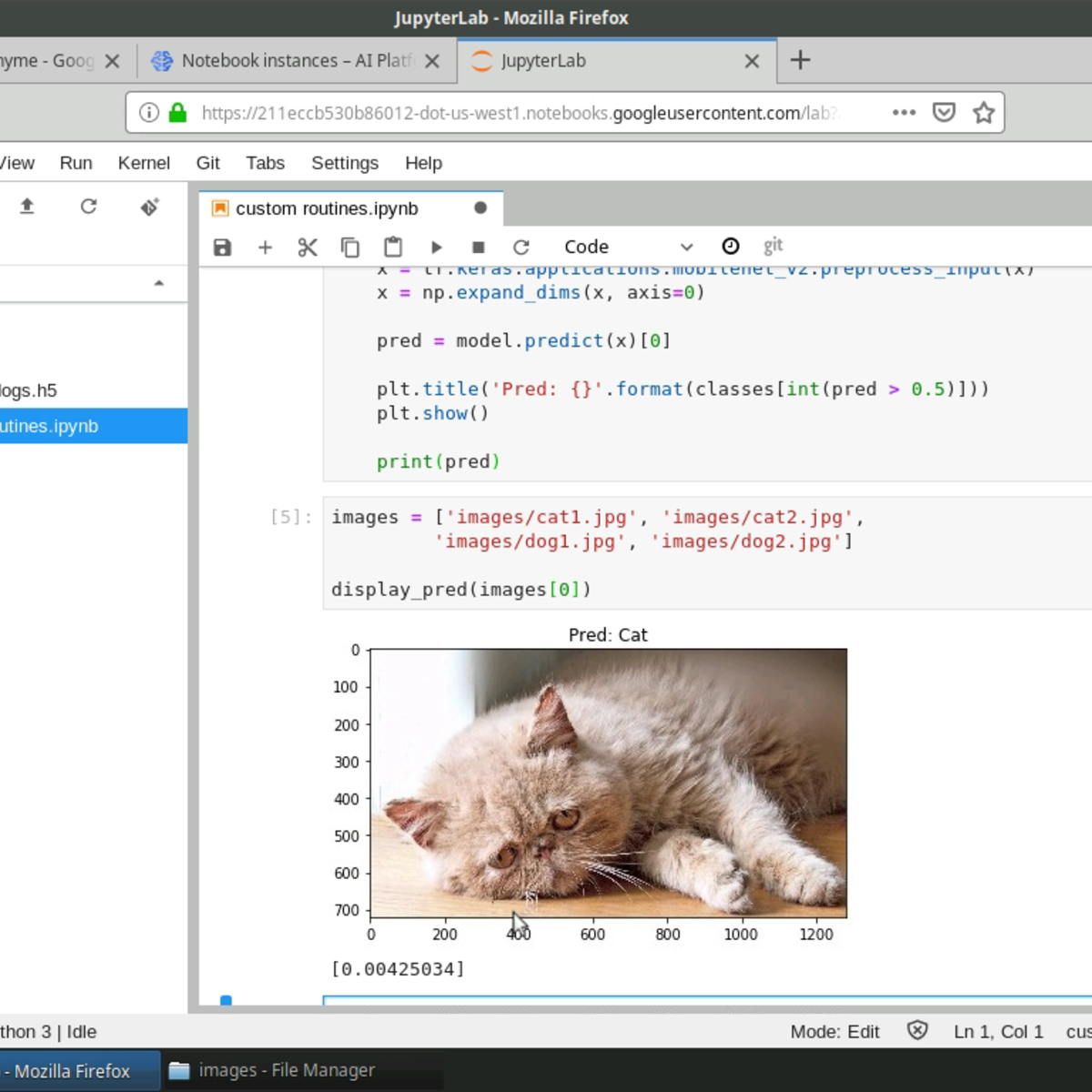
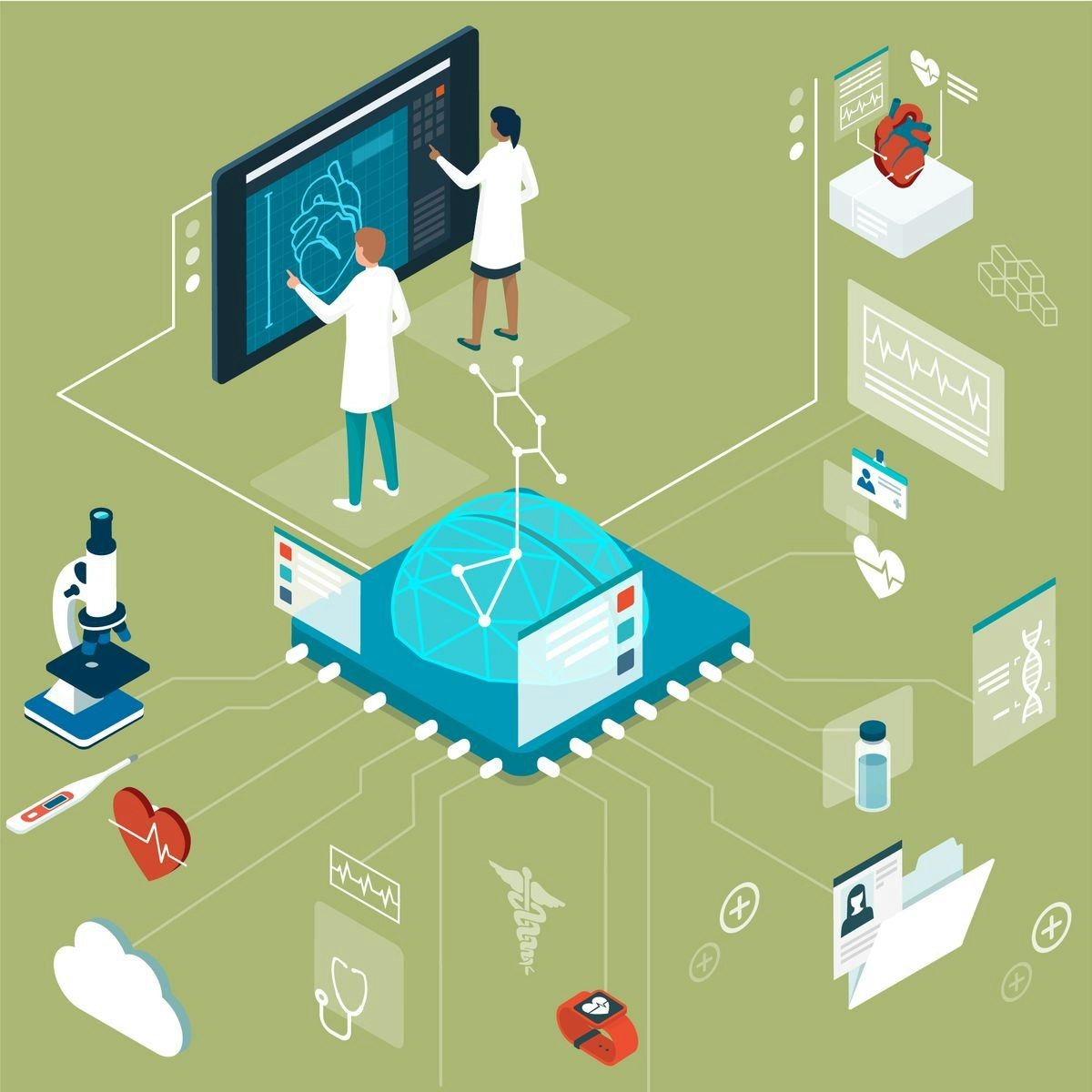
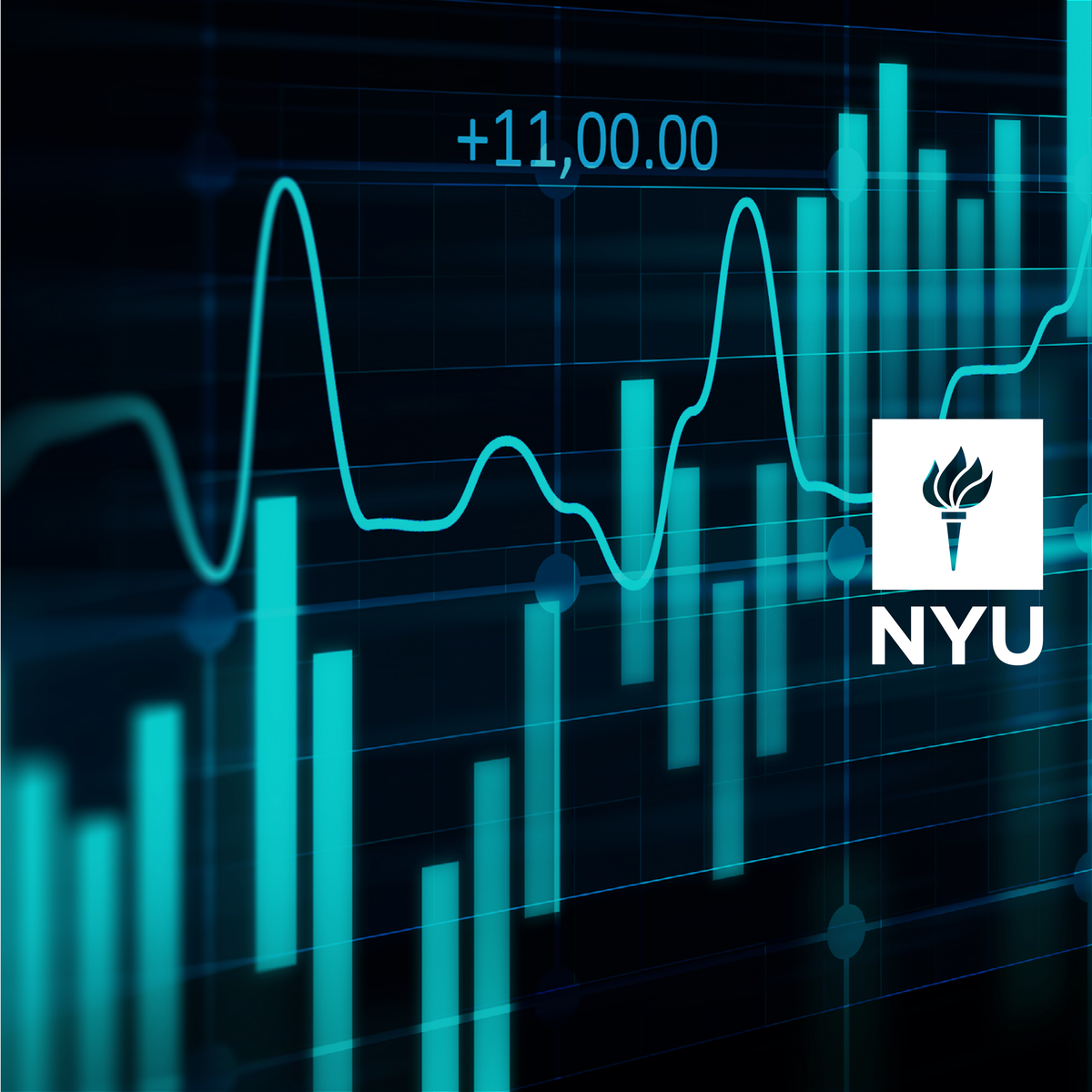
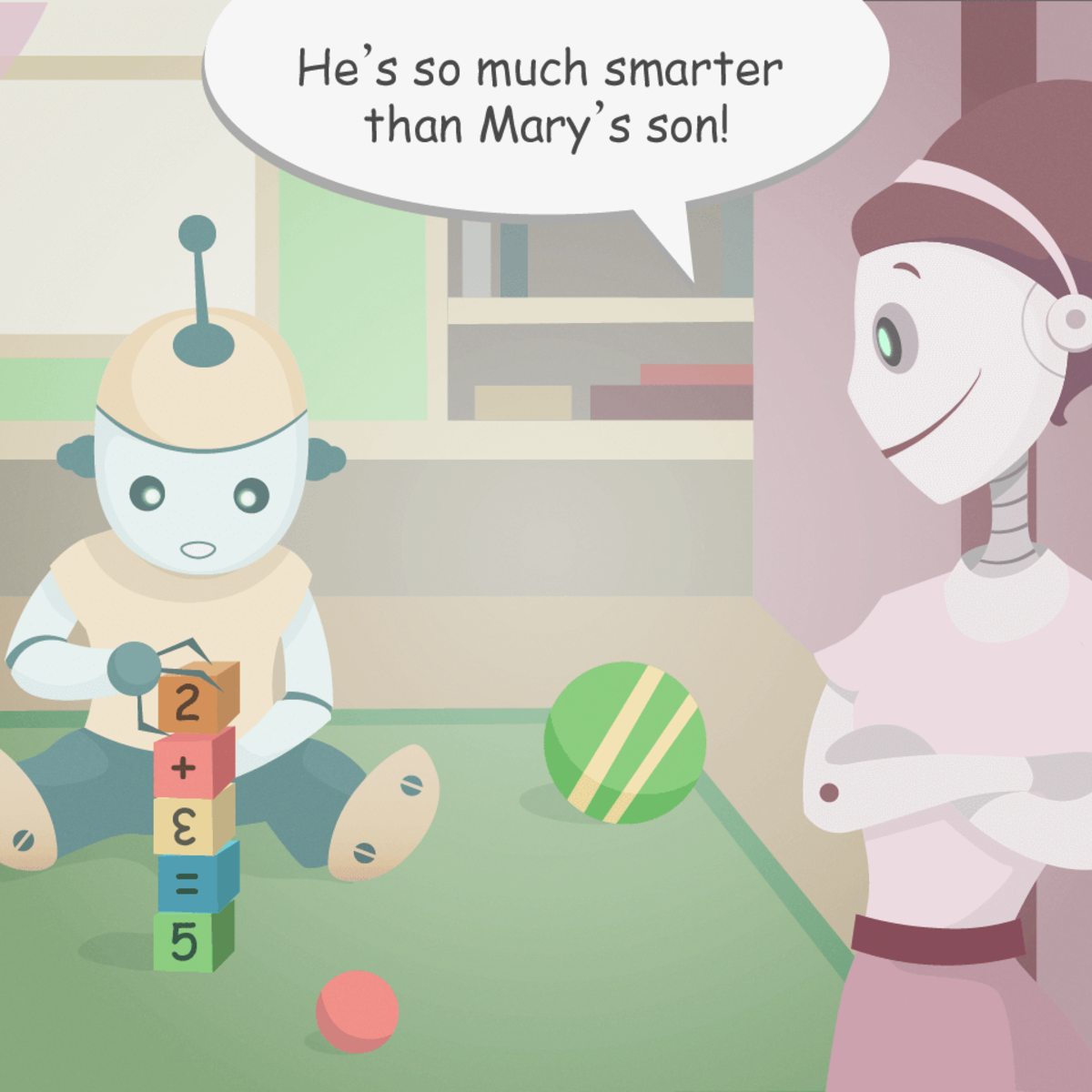
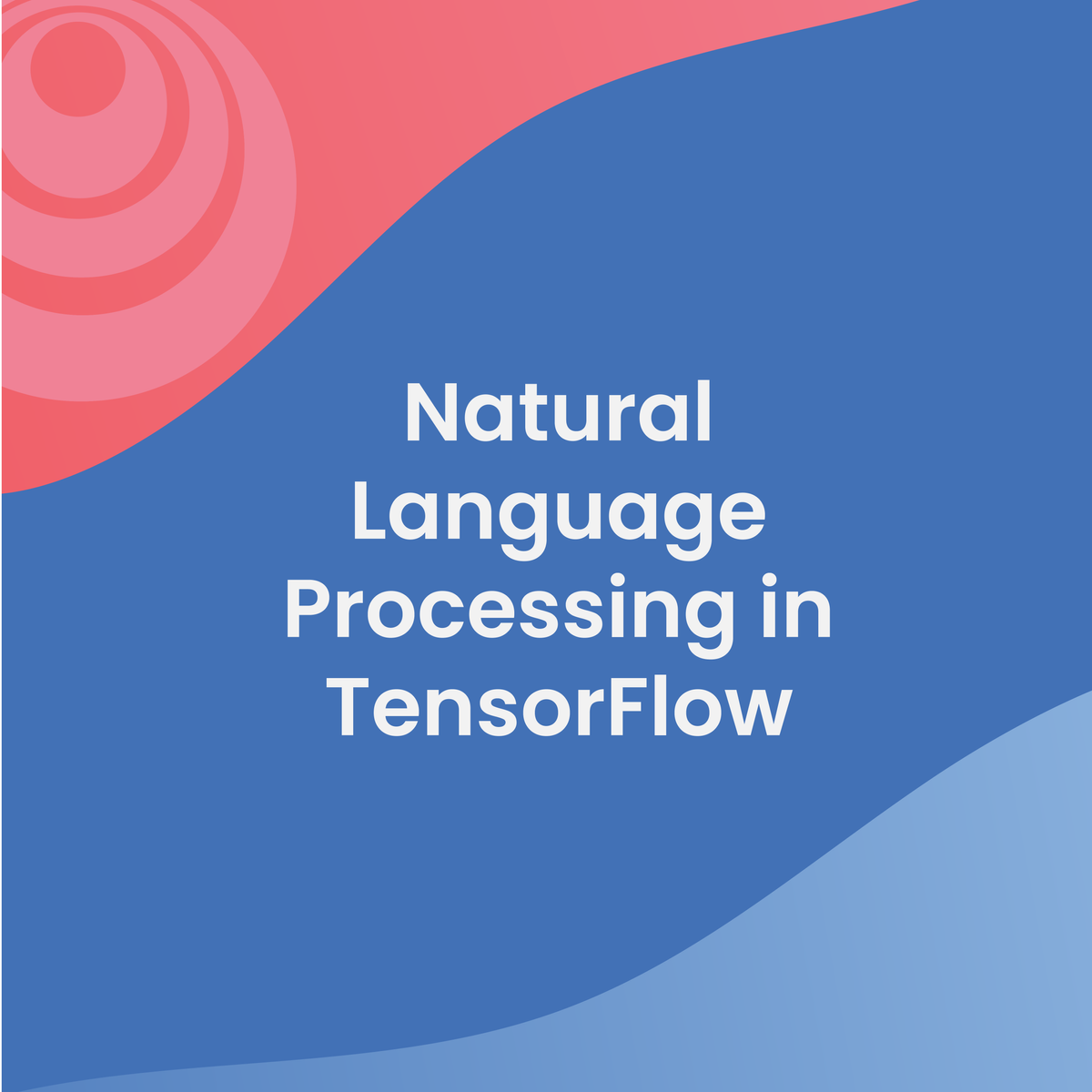



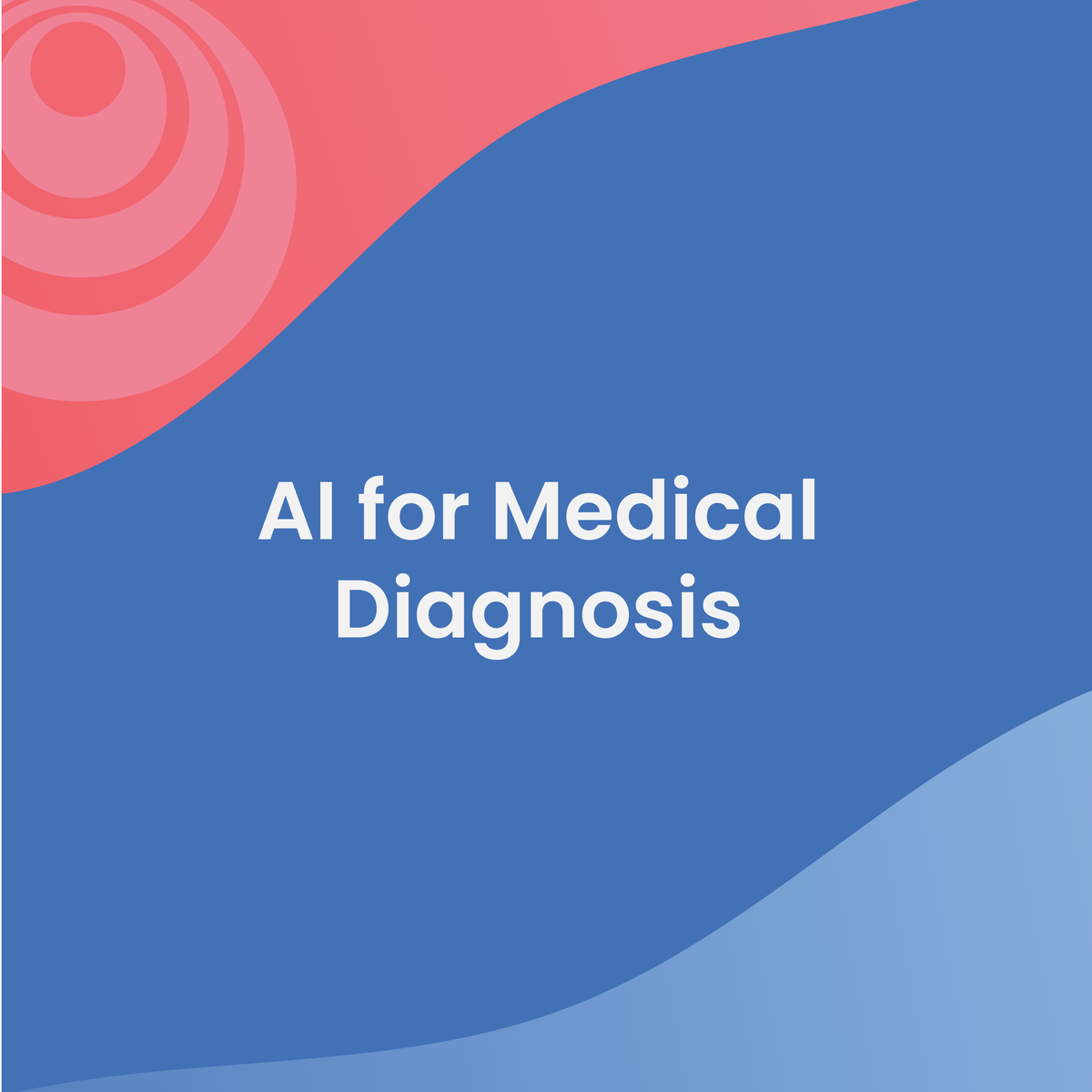
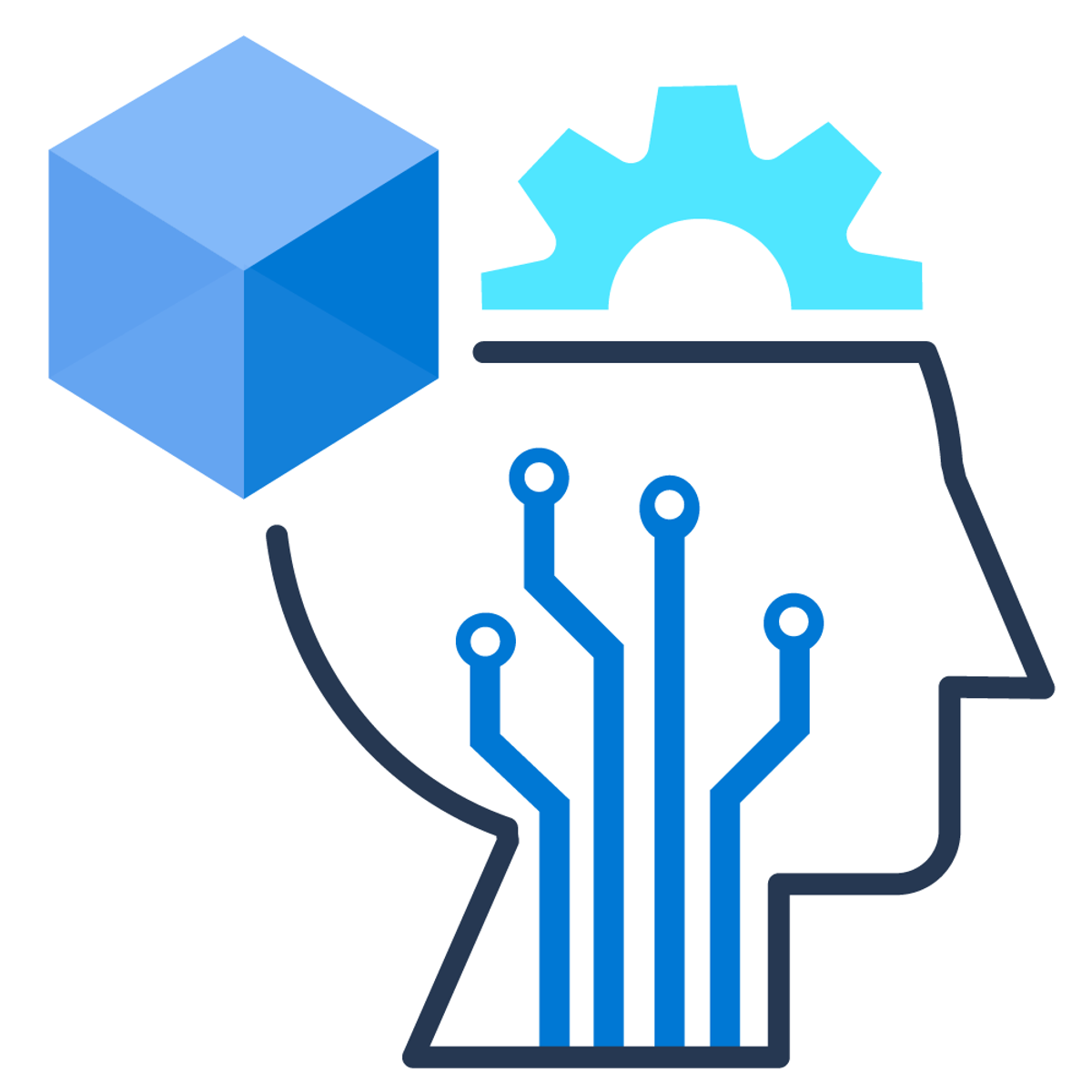
Machine Learning Courses - Page 38
Showing results 371-380 of 485

Custom Prediction Routine on Google AI Platform
Please note: You will need a Google Cloud Platform account to complete this course. Your GCP account will be charged as per your usage. Please make sure that you are able to access Google AI Platform within your GCP account. You should be familiar with python programming, and Google Cloud Platform before starting this hands on project. Please also ensure that you have access to the custom prediction routine feature in Google AI Platform.
In this 2-hour long project-based course, you will learn how to deploy, and use a model on Google’s AI Platform. Normally, any model trained with the TensorFlow framework is quite easy to deploy, and you can simply upload a Saved Model on Google Storage, and create an AI Platform model with it. But, in practice, we may not always use TensorFlow. Fortunately, the AI Platform allows for custom prediction routines as well and that’s what we are going to focus on. Instead of converting a Keras model to a TensorFlow Saved Model, we will use the h5 file as is. Additionally, since we will be working with image data, we will use this opportunity to look at encoding and decoding of byte data into string for data transmission and then encoding of the received data in our custom prediction routine on the AI Platform before using it with our model.
This course runs on Coursera's hands-on project platform called Rhyme. On Rhyme, you do projects in a hands-on manner in your browser. You will get instant access to pre-configured cloud desktops containing all of the software and data you need for the project. Everything is already set up directly in your Internet browser so you can just focus on learning. For this project, you’ll get instant access to a cloud desktop with (e.g. Python, Jupyter, and Tensorflow) pre-installed.
Note: This course works best for learners who are based in the North America region. We’re currently working on providing the same experience in other regions.

Fundamentals of Machine Learning for Healthcare
Machine learning and artificial intelligence hold the potential to transform healthcare and open up a world of incredible promise. But we will never realize the potential of these technologies unless all stakeholders have basic competencies in both healthcare and machine learning concepts and principles.
This course will introduce the fundamental concepts and principles of machine learning as it applies to medicine and healthcare. We will explore machine learning approaches, medical use cases, metrics unique to healthcare, as well as best practices for designing, building, and evaluating machine learning applications in healthcare.
The course will empower those with non-engineering backgrounds in healthcare, health policy, pharmaceutical development, as well as data science with the knowledge to critically evaluate and use these technologies.
Co-author: Geoffrey Angus
Contributing Editors:
Mars Huang
Jin Long
Shannon Crawford
Oge Marques
The Stanford University School of Medicine is accredited by the Accreditation Council for Continuing Medical Education (ACCME) to provide continuing medical education for physicians. Visit the FAQs below for important information regarding 1) Date of original release and Termination or expiration date; 2) Accreditation and Credit Designation statements; 3) Disclosure of financial relationships for every person in control of activity content.

Reinforcement Learning in Finance
This course aims at introducing the fundamental concepts of Reinforcement Learning (RL), and develop use cases for applications of RL for option valuation, trading, and asset management.
By the end of this course, students will be able to
- Use reinforcement learning to solve classical problems of Finance such as portfolio optimization, optimal trading, and option pricing and risk management.
- Practice on valuable examples such as famous Q-learning using financial problems.
- Apply their knowledge acquired in the course to a simple model for market dynamics that is obtained using reinforcement learning as the course project.
Prerequisites are the courses "Guided Tour of Machine Learning in Finance" and "Fundamentals of Machine Learning in Finance". Students are expected to know the lognormal process and how it can be simulated. Knowledge of option pricing is not assumed but desirable.

Simple Recurrent Neural Network with Keras
In this hands-on project, you will use Keras with TensorFlow as its backend to create a recurrent neural network model and train it to learn to perform addition of simple equations given in string format. You will learn to create synthetic data for this problem as well. By the end of this 2-hour long project, you will have created, trained, and evaluated a sequence to sequence RNN model in Keras. Computers are already pretty good at math, so this may seem like a trivial problem, but it’s not! We will give the model string data rather than numeric data to work with. This means that the model needs to infer the meaning of various characters from a sequence of text input and then learn addition from the given data.
This course runs on Coursera's hands-on project platform called Rhyme. On Rhyme, you do projects in a hands-on manner in your browser. You will get instant access to pre-configured cloud desktops containing all of the software and data you need for the project. Everything is already set up directly in your internet browser so you can just focus on learning. For this project, you’ll get instant access to a cloud desktop with Python, Jupyter, and Tensorflow pre-installed.
Please note that you will need some experience in Python programming, and a theoretical understanding of Neural Networks to be able to finish this project successfully.
Notes:
- You will be able to access the cloud desktop 5 times. However, you will be able to access instructions videos as many times as you want.
- This course works best for learners who are based in the North America region. We’re currently working on providing the same experience in other regions.

Natural Language Processing in TensorFlow
If you are a software developer who wants to build scalable AI-powered algorithms, you need to understand how to use the tools to build them. This Specialization will teach you best practices for using TensorFlow, a popular open-source framework for machine learning.
In Course 3 of the deeplearning.ai TensorFlow Specialization, you will build natural language processing systems using TensorFlow. You will learn to process text, including tokenizing and representing sentences as vectors, so that they can be input to a neural network. You’ll also learn to apply RNNs, GRUs, and LSTMs in TensorFlow. Finally, you’ll get to train an LSTM on existing text to create original poetry!
The Machine Learning course and Deep Learning Specialization from Andrew Ng teach the most important and foundational principles of Machine Learning and Deep Learning. This new deeplearning.ai TensorFlow Specialization teaches you how to use TensorFlow to implement those principles so that you can start building and applying scalable models to real-world problems. To develop a deeper understanding of how neural networks work, we recommend that you take the Deep Learning Specialization.

SQL for Data Science Capstone Project
Data science is a dynamic and growing career field that demands knowledge and skills-based in SQL to be successful. This course is designed to provide you with a solid foundation in applying SQL skills to analyze data and solve real business problems.
Whether you have successfully completed the other courses in the Learn SQL Basics for Data Science Specialization or are taking just this course, this project is your chance to apply the knowledge and skills you have acquired to practice important SQL querying and solve problems with data. You will participate in your own personal or professional journey to create a portfolio-worthy piece from start to finish. You will choose a dataset and develop a project proposal. You will explore your data and perform some initial statistics you have learned through this specialization. You will uncover analytics for qualitative data and consider new metrics that make sense from the patterns that surface in your analysis. You will put all of your work together in the form of a presentation where you will tell the story of your findings. Along the way, you will receive feedback through the peer-review process. This community of fellow learners will provide additional input to help you refine your approach to data analysis with SQL and present your findings to clients and management.

Unsupervised Text Classification for Marketing Analytics
Marketing data is often so big that humans cannot read or analyze a representative sample of it to understand what insights might lie within. In this course, learners use unsupervised deep learning to train algorithms to extract topics and insights from text data. Learners walk through a conceptual overview of unsupervised machine learning and dive into real-world datasets through instructor-led tutorials in Python. The course concludes with a major project.
This course uses Jupyter Notebooks and the coding environment Google Colab, a browser-based Jupyter notebook environment. Files are stored in Google Drive.
This course can be taken for academic credit as part of CU Boulder’s Master of Science in Data Science (MS-DS) degree offered on the Coursera platform. The MS-DS is an interdisciplinary degree that brings together faculty from CU Boulder’s departments of Applied Mathematics, Computer Science, Information Science, and others. With performance-based admissions and no application process, the MS-DS is ideal for individuals with a broad range of undergraduate education and/or professional experience in computer science, information science, mathematics, and statistics. Learn more about the MS-DS program at https://www.coursera.org/degrees/master-of-science-data-science-boulder.

Support Vector Machines with scikit-learn
In this project, you will learn the functioning and intuition behind a powerful class of supervised linear models known as support vector machines (SVMs). By the end of this project, you will be able to apply SVMs using scikit-learn and Python to your own classification tasks, including building a simple facial recognition model.
This course runs on Coursera's hands-on project platform called Rhyme. On Rhyme, you do projects in a hands-on manner in your browser. You will get instant access to pre-configured cloud desktops containing all of the software and data you need for the project. Everything is already set up directly in your internet browser so you can just focus on learning. For this project, you’ll get instant access to a cloud desktop with Python, Jupyter, and scikit-learn pre-installed.
Notes:
- You will be able to access the cloud desktop 5 times. However, you will be able to access instructions videos as many times as you want.
- This course works best for learners who are based in the North America region. We’re currently working on providing the same experience in other regions.

AI for Medical Diagnosis
AI is transforming the practice of medicine. It’s helping doctors diagnose patients more accurately, make predictions about patients’ future health, and recommend better treatments. As an AI practitioner, you have the opportunity to join in this transformation of modern medicine. If you're already familiar with some of the math and coding behind AI algorithms, and are eager to develop your skills further to tackle challenges in the healthcare industry, then this specialization is for you. No prior medical expertise is required!
This program will give you practical experience in applying cutting-edge machine learning techniques to concrete problems in modern medicine:
- In Course 1, you will create convolutional neural network image classification and segmentation models to make diagnoses of lung and brain disorders.
- In Course 2, you will build risk models and survival estimators for heart disease using statistical methods and a random forest predictor to determine patient prognosis.
- In Course 3, you will build a treatment effect predictor, apply model interpretation techniques and use natural language processing to extract information from radiology reports.
These courses go beyond the foundations of deep learning to give you insight into the nuances of applying AI to medical use cases. As a learner, you will be set up for success in this program if you are already comfortable with some of the math and coding behind AI algorithms. You don't need to be an AI expert, but a working knowledge of deep neural networks, particularly convolutional networks, and proficiency in Python programming at an intermediate level will be essential. If you are relatively new to machine learning or neural networks, we recommend that you first take the Deep Learning Specialization, offered by deeplearning.ai and taught by Andrew Ng.
The demand for AI practitioners with the skills and knowledge to tackle the biggest issues in modern medicine is growing exponentially. Join us in this specialization and begin your journey toward building the future of healthcare.

Build and Operate Machine Learning Solutions with Azure
Azure Machine Learning is a cloud platform for training, deploying, managing, and monitoring machine learning models. In this course, you will learn how to use the Azure Machine Learning Python SDK to create and manage enterprise-ready ML solutions.
This is the third course in a five-course program that prepares you to take the DP-100: Designing and Implementing a Data Science Solution on Azurecertification exam.
The certification exam is an opportunity to prove knowledge and expertise operate machine learning solutions at a cloud-scale using Azure Machine Learning. This specialization teaches you to leverage your existing knowledge of Python and machine learning to manage data ingestion and preparation, model training and deployment, and machine learning solution monitoring in Microsoft Azure. Each course teaches you the concepts and skills that are measured by the exam.
This Specialization is intended for data scientists with existing knowledge of Python and machine learning frameworks like Scikit-Learn, PyTorch, and Tensorflow, who want to build and operate machine learning solutions in the cloud. It teaches data scientists how to create end-to-end solutions in Microsoft Azure. Students will learn how to manage Azure resources for machine learning; run experiments and train models; deploy and operationalize machine learning solutions, and implement responsible machine learning. They will also learn to use Azure Databricks to explore, prepare, and model data; and integrate Databricks machine learning processes with Azure Machine Learning.
Popular Internships and Jobs by Categories
Find Jobs & Internships
Browse
© 2024 BoostGrad | All rights reserved